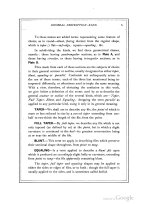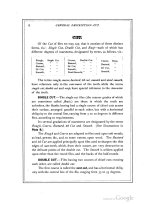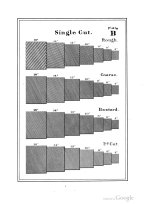Darren McCarley
Cast Iron
- Joined
- Nov 24, 2017
- Location
- DFW
Follow along with the video below to see how to install our site as a web app on your home screen.
Note: This feature may not be available in some browsers.
Given that Audel's 'Handy' books were published by Theo. Audel & Co., 49 W 23rd St., New York, U.S.A., I think that's unlikely.... I wonder if it just so English author trying to credit one his countrymen? ...
There are standard sizes for certain items, and then there are non-standard, or "bastard" sizes.
Makes plenty of sense that a file type that was originally non-standard would be termed a "bastard" type.







I am well aware of that..........And you will note that "sizes" referred to "other things" and "types" referred to files. The "bastard sizes" was simply an example (and the most common case) of using the term.......Bastard refers to the coarseness of the cut and not the size of the file. Two different things.
Rob
There are standard sizes for certain items, and then there are non-standard, or "bastard" sizes.
Makes plenty of sense that a file type that was originally non-standard would be termed a "bastard" type.
Notice
This website or its third-party tools process personal data (e.g. browsing data or IP addresses) and use cookies or other identifiers, which are necessary for its functioning and required to achieve the purposes illustrated in the cookie policy. To learn more, please refer to the cookie policy. In case of sale of your personal information, you may opt out by sending us an email via our Contact Us page. To find out more about the categories of personal information collected and the purposes for which such information will be used, please refer to our privacy policy. You accept the use of cookies or other identifiers by closing or dismissing this notice, by scrolling this page, by clicking a link or button or by continuing to browse otherwise.
